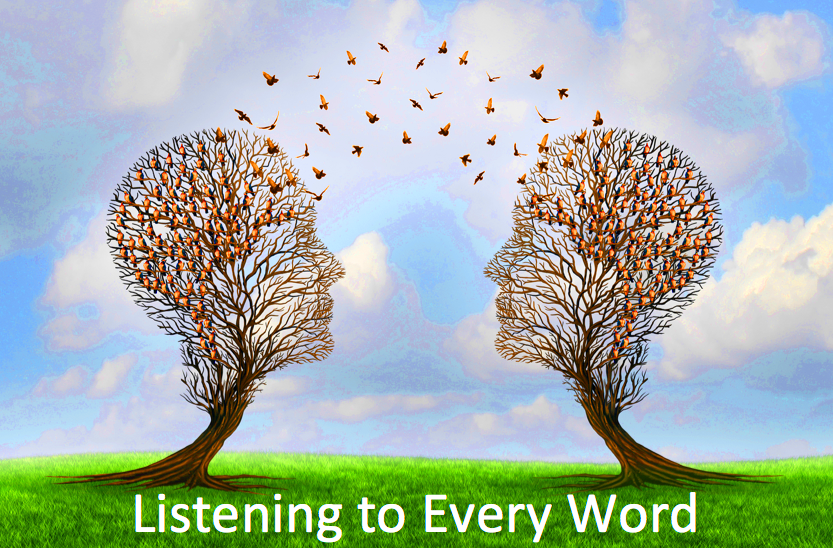Narrative medicine and patient simulation employdistinct methodologies but they can complement each other in medical education and practice. A few reflections
I tend to gravitate toward fields that require explanations and elevator pitches to outsiders. “What do you mean by patient simulation?”, “You facilitate narrative medicine workshops? What is that?”
More recently, I have been asked to explain the connection between these two distinct but interconnected learning approaches that aim to enhance healthcare professionals’ skills, empathy, and understanding of patient experiences.
My elevator pitch: “Narrative medicine is an approach that emphasizes the importance of personal narratives in medicine. And patient simulation provides the practice for mindfully listening and responding to patient narratives.”

Rita Charon, a physician and literary scholar, started the discipline of narrative medicine. She says that effective practice of medicine requires “narrative competence,” that is, the ability to acknowledge, absorb, interpret, and act on the stories and plights of others.
Narrative medicine recognizes the distinction between the biomedical disease process and how patients talk about their illness experiences. It aims to close that gap. The business model of medicine, however, with its emphasis on objective data gathering and short visits, often precludes listening to a patient’s story of sickness. There is often no time for genuine empathic inquiry. If you ask a patient, “Tell me what’s most important for me to know about you” they may tell you in full detail. Moreover, they are likely to be surprised that you even asked.
A central method of narrative medicine is the “close reading” of written, graphic, and musical texts. We read not so much to derive the meaning the writer or artist intended but to wring out every nuance of form and content for ourselves. We collaborate in the co-construction of meaning. We listen to the thoughts of others and build upon them.
The question often arises: Why use art to learn how to talk to and listen to patients? One answer is that
“if clinicians speak in prose, patients speak in poetry.”
Poems are often used in narrative medicine workshops because they are challenging to figure out. They are as daunting as a patient’s narrative, which can both tell and obscure a truth through symbolism and metaphor. Learning to close read a text is like learning to read a patient.
While narrative medicine and patient simulation employ distinct methodologies, they can complement each other in medical education and practice:
Empathy and communication: Combining the two approaches can help healthcare professionals better understand patients’ perspectives. The practice of “narrative competence”, followed by applying that narrative understanding in simulated scenarios, enhances their communication skills and empathy.
Holistic care: Narrative medicine reminds healthcare providers of the holistic nature of patient care. This mindset can be incorporated into simulation scenarios, encouraging providers to consider not just the medical aspect but also the emotional and psychological aspects of patient care.
Interprofessional collaboration: Simulation training prepares interprofessional teams to work together to solve problems and deal with complex issues. Likewise, in narrative medicine, close reading and perspective-taking in a group can prepare us to think creatively and act as a team.
Realistic scenarios: Simulated scenarios can be designed based on patients’ real-life narratives, making the scenarios more authentic and relevant. This approach allows providers to practice responding to the diverse situations they might encounter.
Diversity, equity, and inclusion: Using diverse global texts can help us better appreciate the diversity of patients’ gender, culture, religious beliefs, and socioeconomic status, dimensions built into authentic patient simulation scenarios.
In essence, while narrative medicine focuses on understanding patients’ stories to foster empathy and communication skills, patient simulation allows for applying those skills in realistic clinical settings. When used together, these approaches can contribute to developing well-rounded and compassionate healthcare professionals.
READ ALSO































